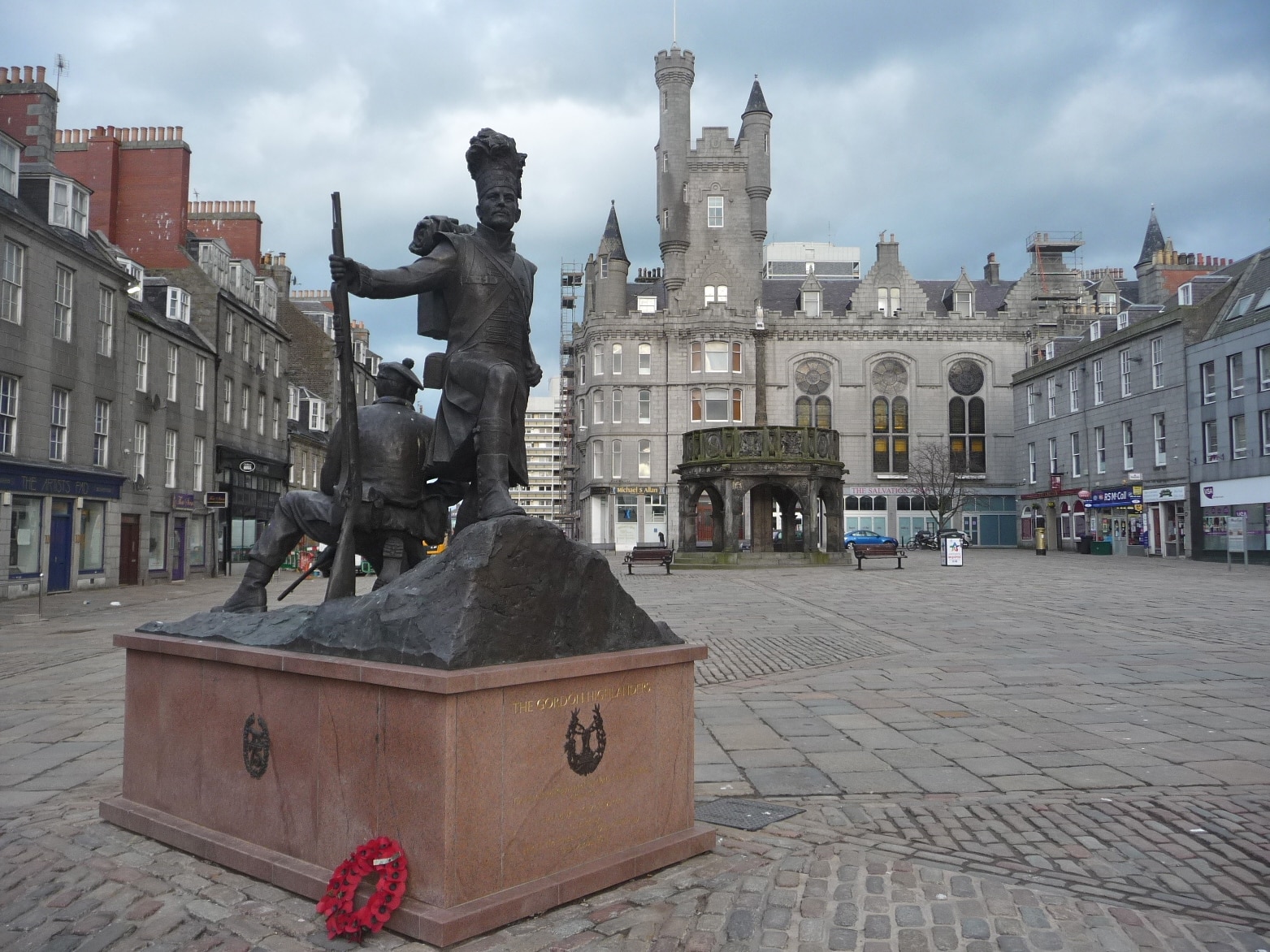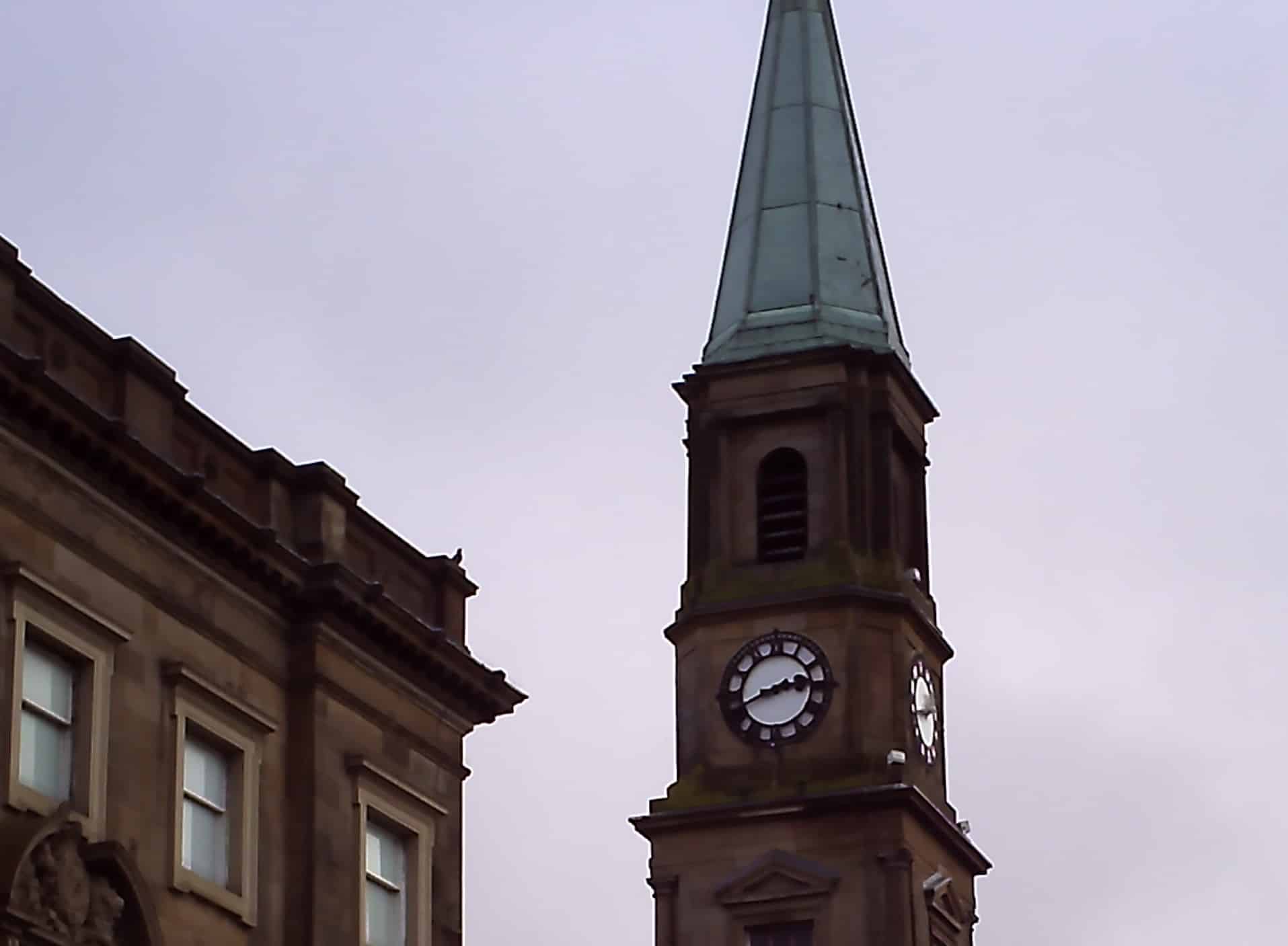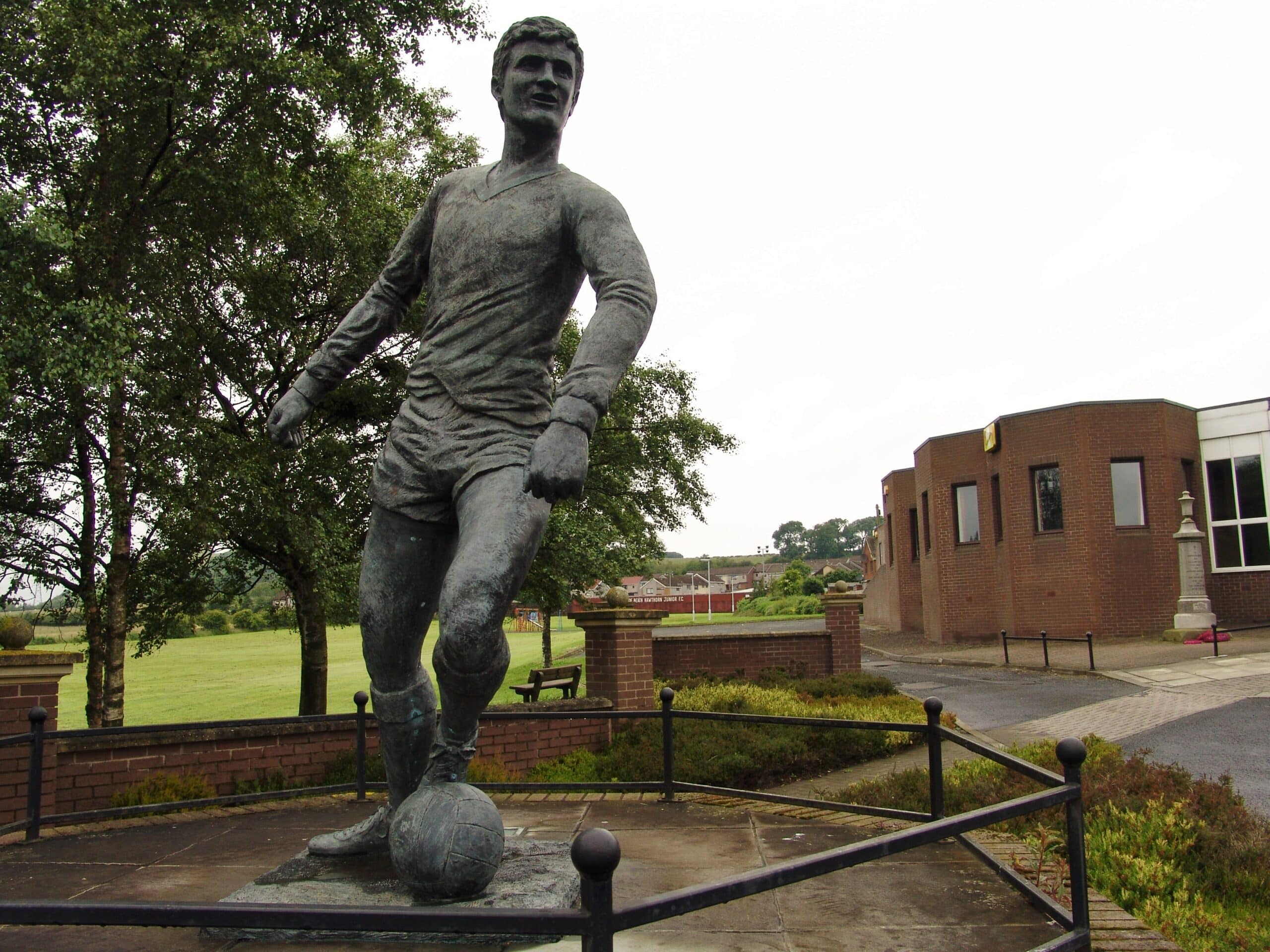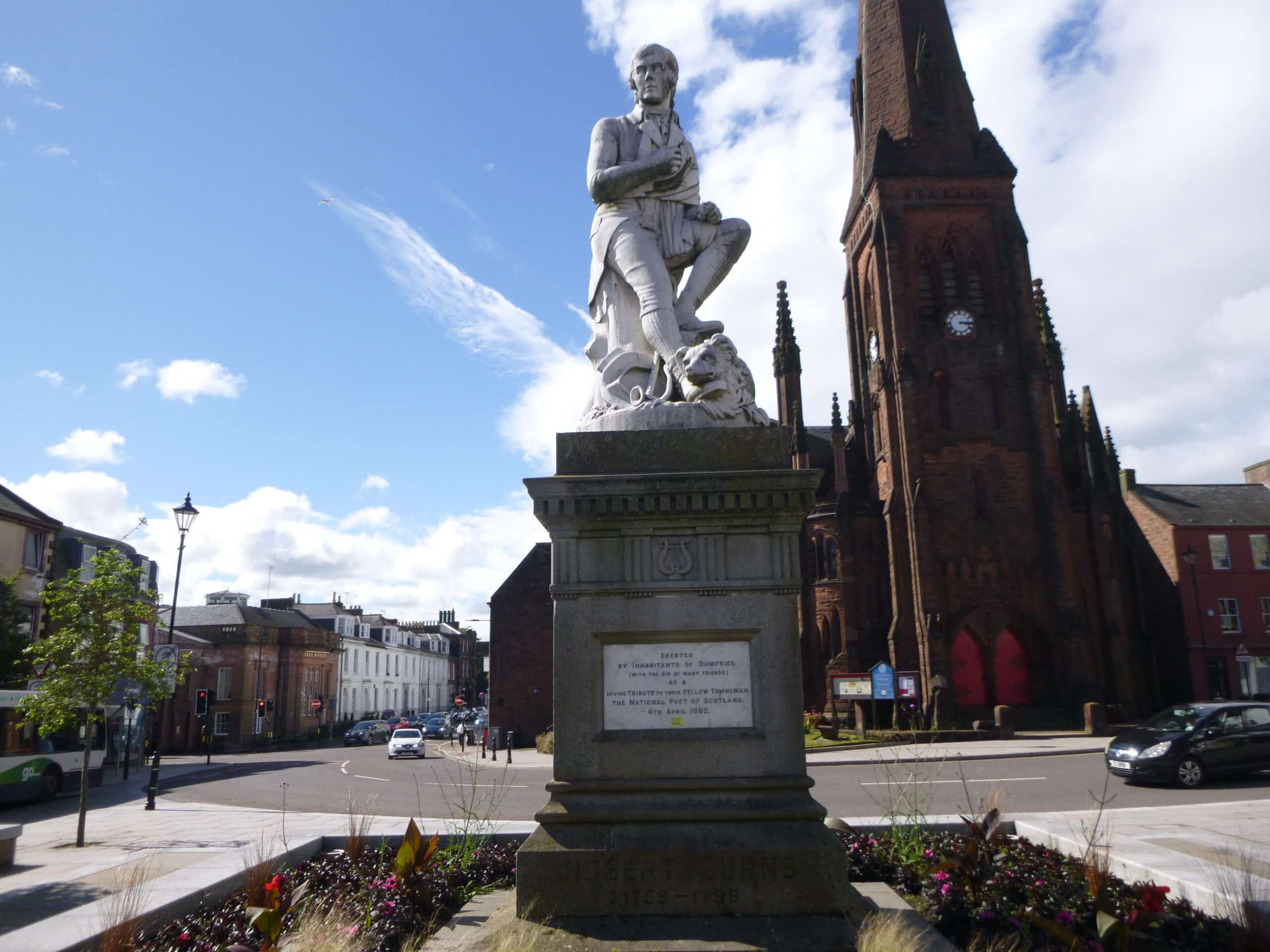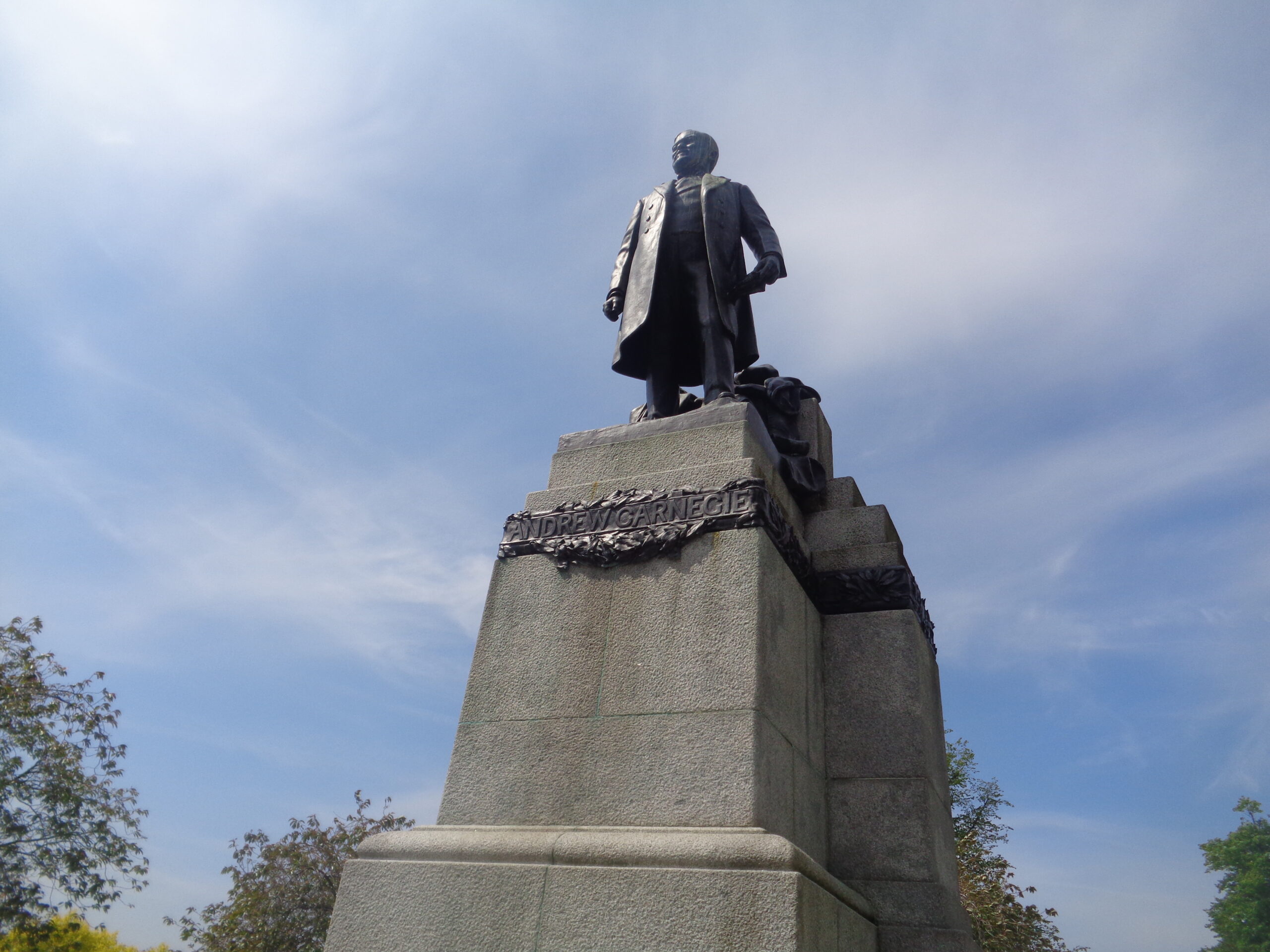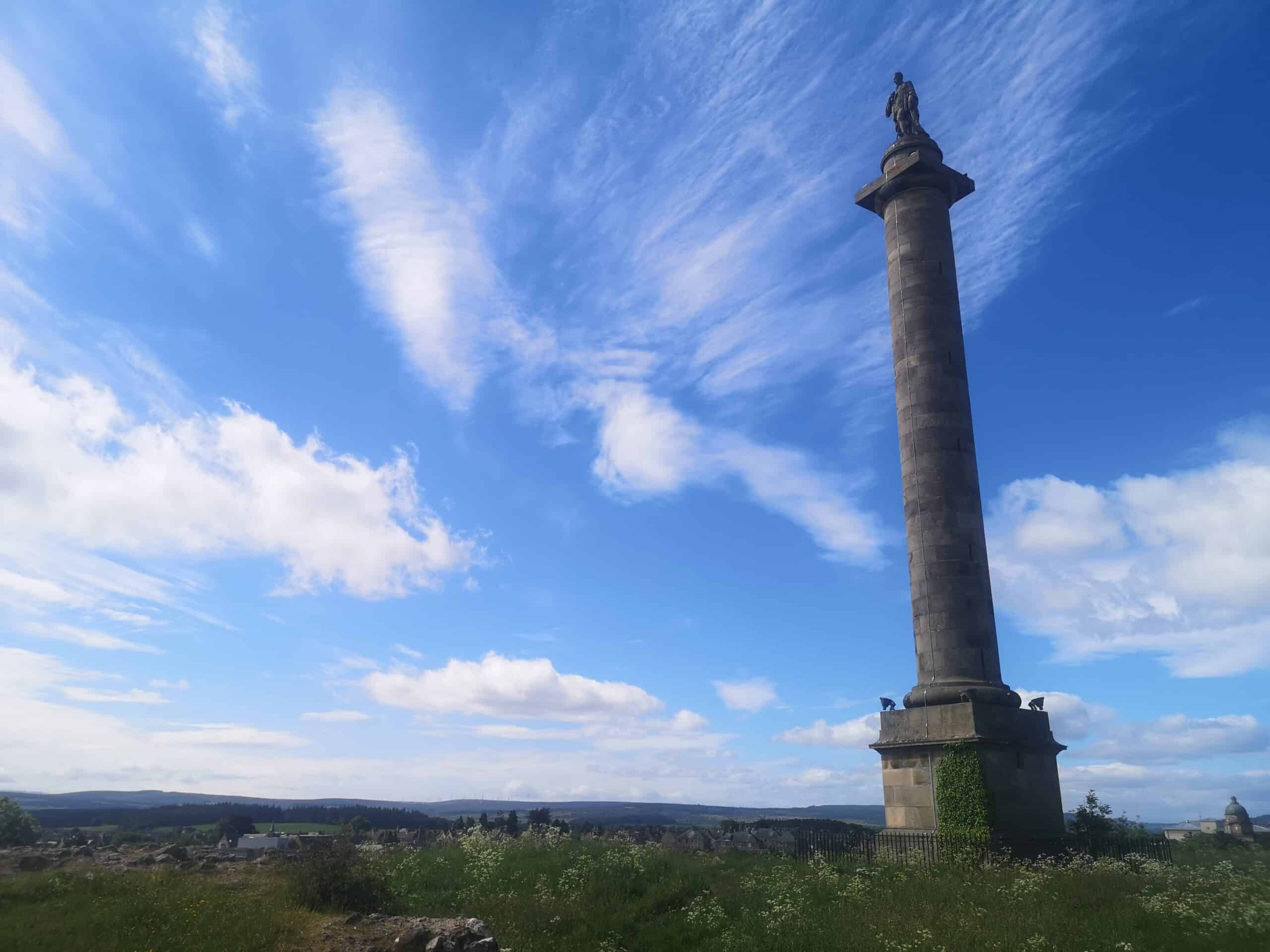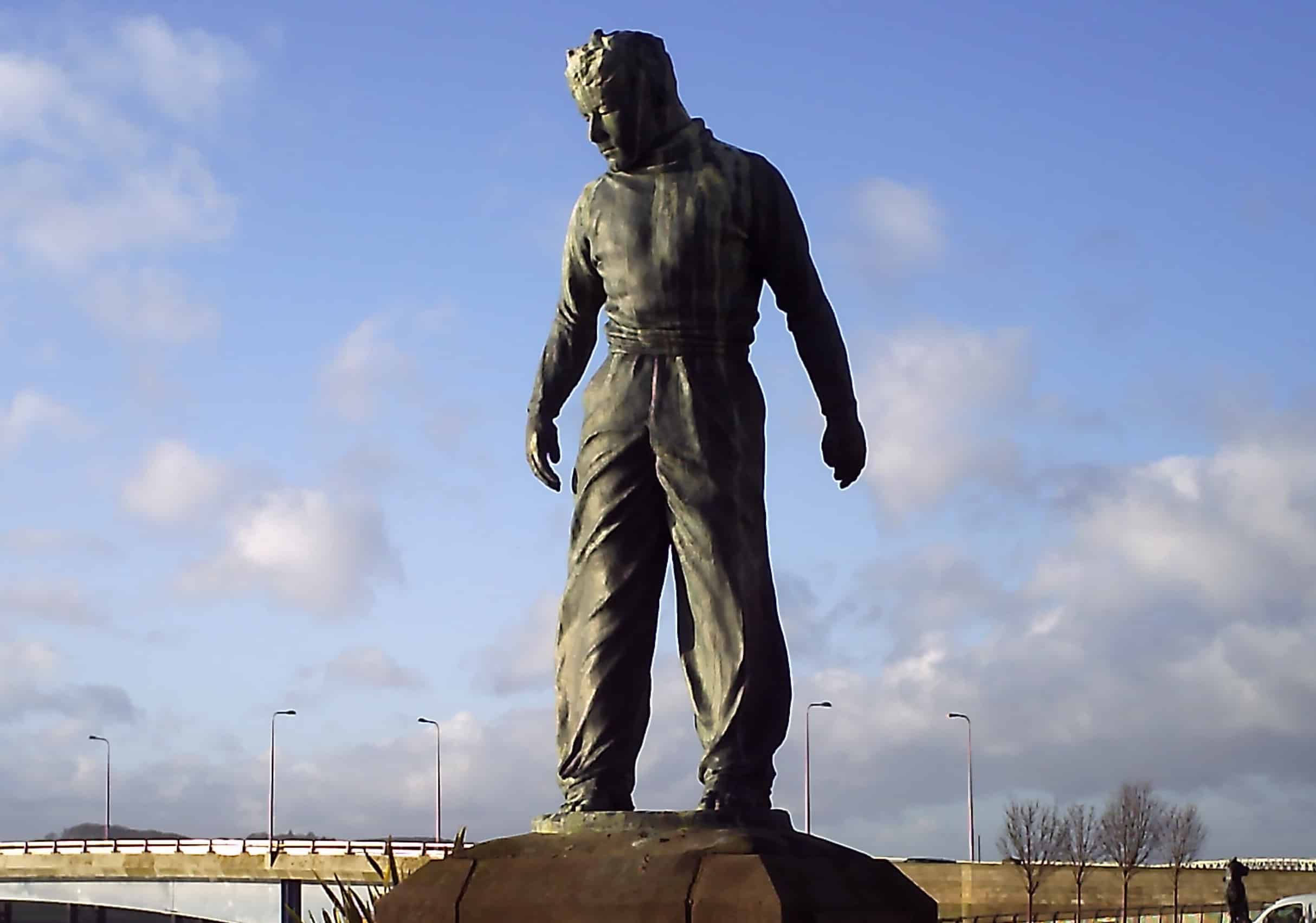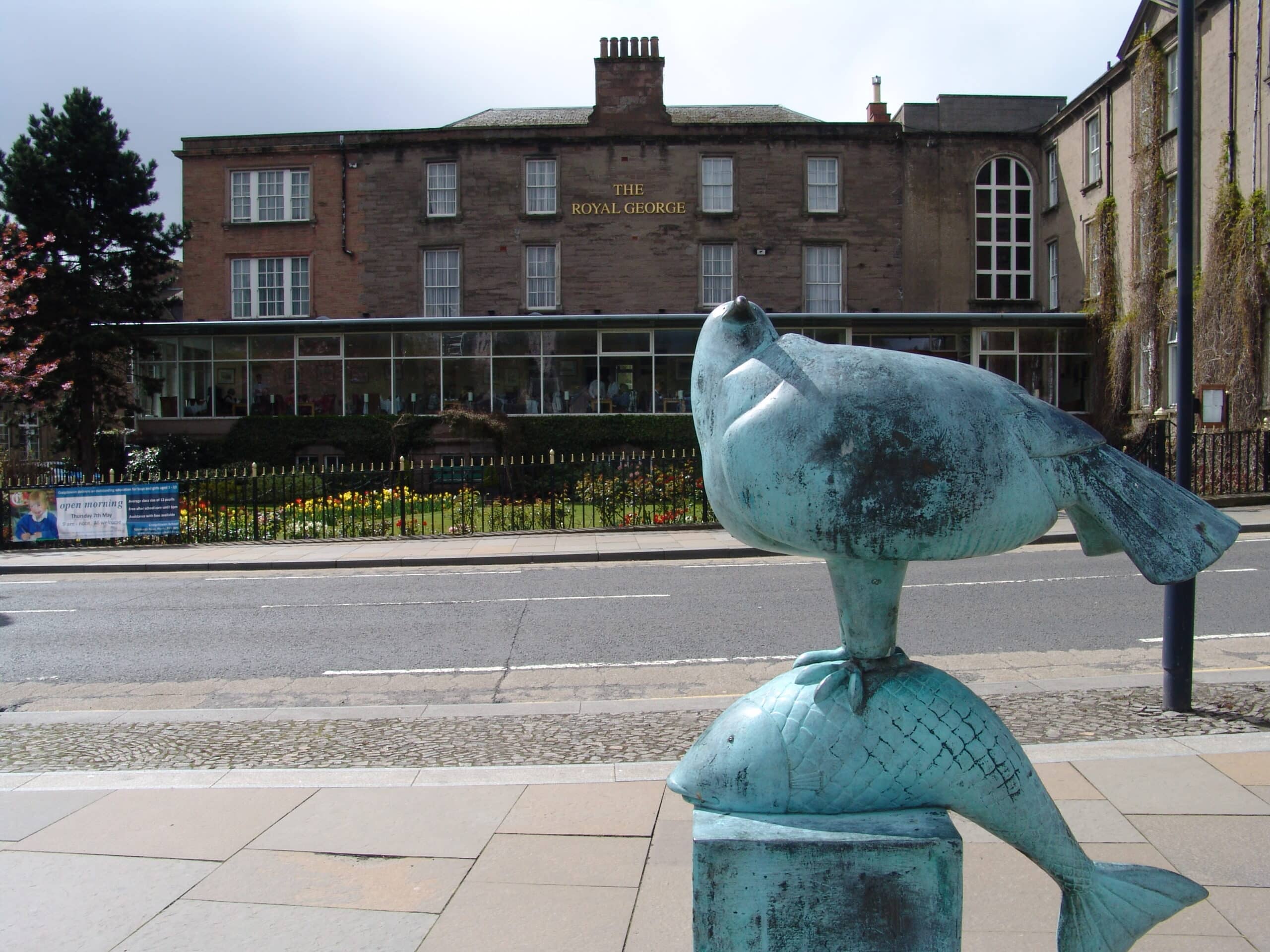Teams, tales and tips – a guide to the local game
Teetering beneath the mighty Castle Rock of Dumbarton, a solitary single grandstand is all there is to the modest home of the town’s venerable football club. Dumbarton FC play at one of the smallest grounds in the SPL, belying their status in the Scottish League.
And yet, not only does the historic Rock have its own proud tale to tell – the escape of Mary Queen of Scots, the incarceration of William Wallace – but so does the football club that moved in below in relatively recent years.
Before The Rock – as Dumbarton fans also refer to their stadium – there was Boghead Park. Halfway between Dumbarton Central station and the cemetery, this prosaically named ground had been in continuous use for 121 years until its closure in 2000, a record of longevity even for Scotland.

Boghead Park witnessed the first two winning campaigns in the history of the Scottish League. In fact, the Scottish League itself sprang from an initiative instigated at nearby Renton, halfway to Loch Lomond. Back then, there were three leading clubs in and around Dumbarton, all formed in 1872. As well as Dumbarton FC and Renton, there was Alexandria-based Vale of Leven.
Dumbarton was then a busy working town of shipbuilding and whisky production. Helping provide this industry as it cut through town towards the Clyde, the River Leven linked these three football hubs on its lazy journey from Loch Lomond.
After his club played in the first competitive fixture in Scottish football history, a game against Kilmarnock in the inaugural Scottish Cup of 1873-74, the Renton club secretary wrote the proposal that led to the introduction of the Scottish League in 1890. Three of its 11 founding members can from West Dunbartonshire.

Dumbarton were declared joint champions that first year, winning the trophy outright the next season. By then, the Sons of the Rock had already won the Scottish Cup in 1883. These three items of major silverware remain the only ones in club’s trophy cabinet to date.
Renton won the cup in 1885, over Vale of Leven, and again in 1888, and provided more than a dozen players for Scotland’s international side. Already flirting with professionalism, the club resigned from the League in 1897 and folded after World War I.
‘The Vale’ had had their heyday in the 1870s, winning the Scottish Cup three years running and beating their English counterparts, The Wanderers, down in London. The Alexandria side also dropped out of the League not long after joining it.
Just as in Glasgow and Edinburgh, there was also a team in green formed by Irish immigrant workers: Dumbarton Harp. Formed in 1894 and based at Meadow Park near Dumbarton Central station, Harp played in the inaugural Third Division in 1923 but soon dropped out and folded.

Later, there were other clubs too – Dumbarton United Amateurs, founded in 1958, and Denny Amateurs, who survived until 2010.
Vale of Leven became a junior (ie non-league) club in 1939. Still based at Millburn Park in Alexandria, Vale of Leven now play in the West of Scotland Third Division – and in the Scottish Cup. In 2016 they were knocked out by Greenock Juniors. The Old Vale Bar on Alexandria’s Main Street is still going.
Renton’s Tontine Park was knocked down and council housing now stands in its place – a plaque marks the site of its centre circle in one of the gardens. Fittingly, youth development club Renton Craigandro 1963 now use Tontine Park.

As for Dumbarton, they dropped out of the top flight in 1922 and have only been back twice, for a total of four seasons. When Apocalypse Now actor Robert Duvall visited in 1999, to make a somewhat sketchy film romanticising Scottish football, Boghead Park was falling to bits. The production crew even had to make long-needed improvements to the dilapidated facilities.
By the time A Shot at Glory came out in 2002, the Sons had moved to the Rock they were nicknamed after and Dumbarton was providing its dramatic and historic backdrop for the home and away fans gathered in its solitary stand.
Unlike the Rock, the stadium seemed to be a less than permanent fixture when plans were laid out for a move to a new ground at Young’s Farm beside Renton Road on the opposite bank of the Leven.
Rejected by West Dunbartonshire Council in 2018, the project was shelved for good by the club’s incoming owners, Cognitive Capital, whose plans for a housing development in the stadium car park found little favour with Sons supporters.
Getting Around
Arriving in town, local transport and tips

Glasgow International is the nearest airport to Dumbarton 21km (13 miles) away. Skylink bus 915 runs twice a day from the airport to Dumbarton Barloan Toll (£8.40, 20min journey time), on the edge of town near the cemetery, a 10min walk from Dumbarton Central station.
Alternatively, from Stance 1 outside the terminal, Glasgow Airport Express bus 500 runs every 12-15mins to George Square by Glasgow Queen Street station (£10 contactless or cash on board, journey time 15mins).
From Queen Street, frequent trains run to Dumbarton East (£5.50, 30mins), closer to the stadium than Dumbarton Central, more convenient for the town centre.
Local buses, run by First Group and McColls, connect the two stations along the Glasgow Road. Each has a different ticketing system, McColls’ available online.
Parallel to the Glasgow Road and the river, the pub-lined High Street, also served by buses, is a 10min walk from Dumbarton Central and 15min walk to the stadium.
Locally based Wright Taxis (01389 72 10 20) are a reliable local firm who quote around £30 for an airport transfer for Glasgow International.
Where to Drink
The best pubs and bars for football fans
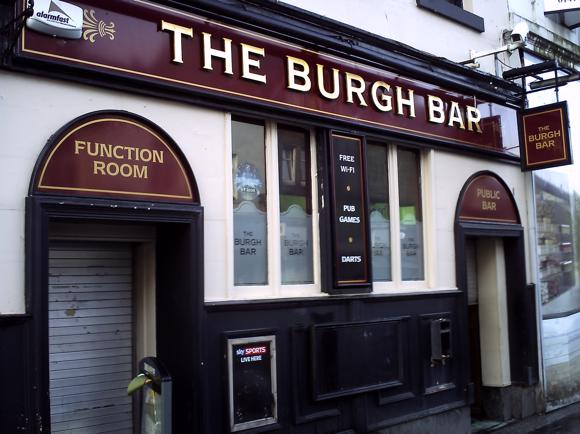
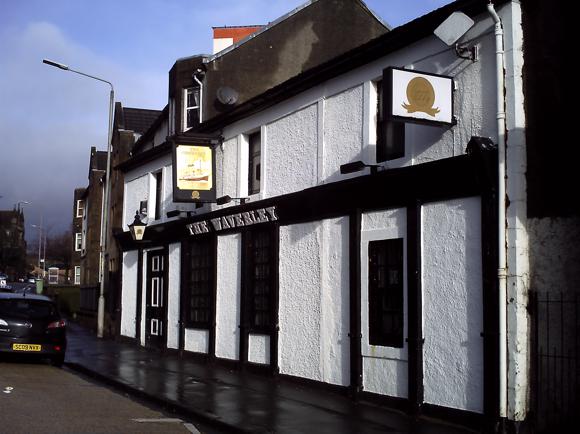
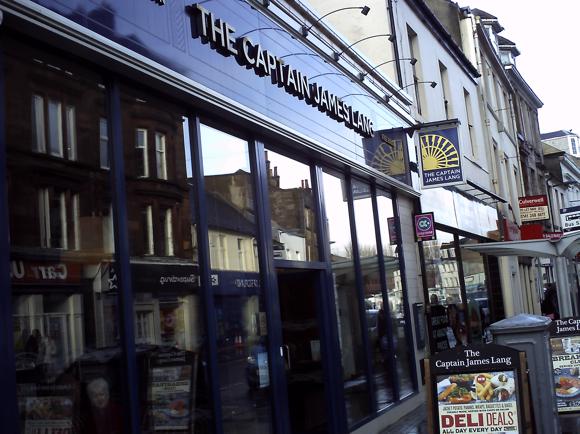


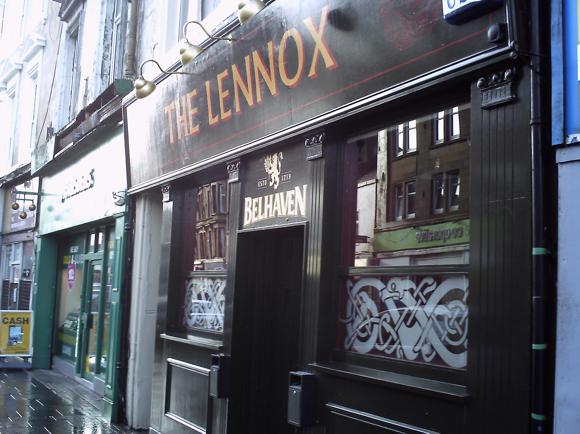
Pubs line the High Street – a couple at the Dumbarton East end are more suitable as pre-match options.
A little further away from the direction of the stadium, the tidy Burgh Bar shows games and provides a pool table, while the traditional Lennox typifies what a great local bar should be, again with football screened.
Nearby, the Captain James Lang occupies a pre-war Woolworths, now the main Wetherspoons – the captain in question was a Dumbarton man who sailed the local paddle steamer.
Just off the High Street, close to the river, the Glencairn Lounge is more restaurant than bar but it’s well regarded and happy to serve thirsty customers.
Across the Leven, the excellent Waverley Bar shows football, stages live music and appeals to a more alternative crowd of all ages.
Where to stay
The best hotels for the ground and around town
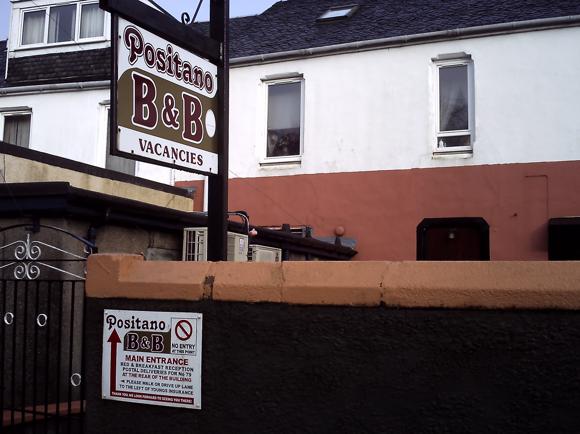

There is no dedicated tourist resource for Dumbarton. Visit Scotland has a limited amount of accommodation information.
The closest lodging to the ground, a short walk along Glasgow Road from Dumbarton East station is the seven-room Positano B&B (01389 731 943), renovated, comfortable and eminently affordable.
Also within range of Dumbarton East station, in the opposite direction to town, the Abbotsford Hotel on Stirling Road comprises 30 simple en-suite rooms complemented by a popular bar and restaurant.
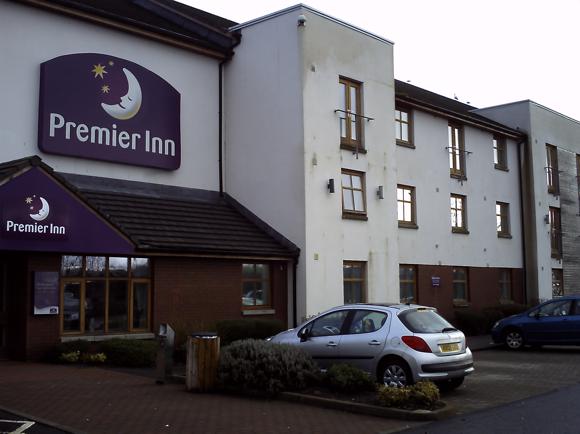

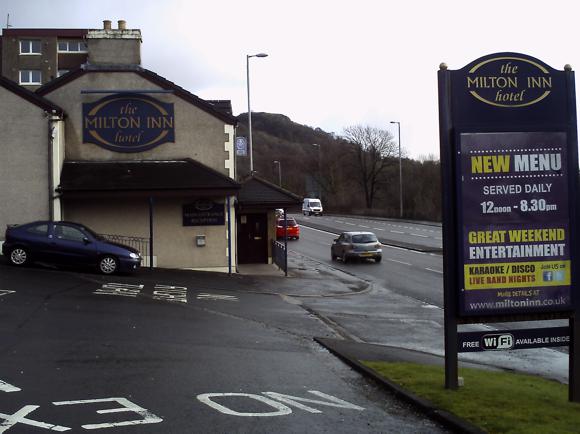
Slightly further out, where the Glasgow and Stirling Roads meet, the former Milton Inn is now the Loch Way Hotel, still with two comfortable, en-suite rooms plus a bar with sport on TV. Breakfast and on-site parking are included. It’s also on the bus route to Glasgow and Dumbarton – cross the road 200 metres away for the latter. This is also the closest stop for the standard budget Travelodge Dumbarton another 400 metres out.
In the opposite direction, past Dumbarton Cemetery and close to where the Skylink bus drops off from Glasgow Airport, the Premier Inn Dumbarton Loch Lomond is, indeed, in the right direction for the famed lake. For Dumbarton, the bus runs every 15-20ins from nearby Bellsmyre Avenue – otherwise, it’s a 15min walk.



